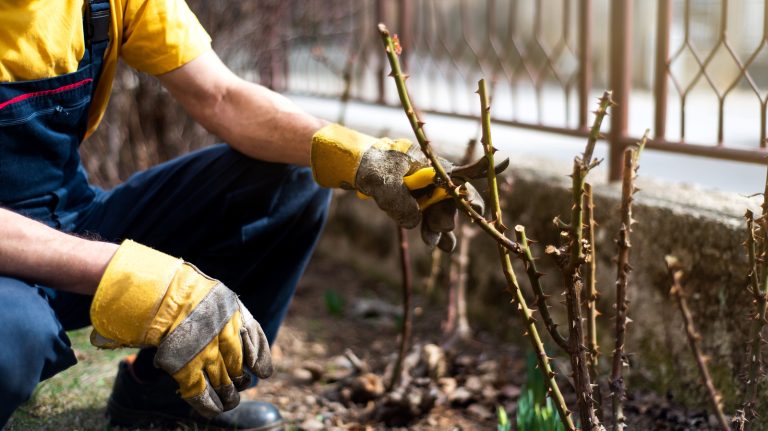
Padlocks are everyday essentials that often go unnoticed. Known for their sturdiness and dependability, they are primarily used to secure our belongings. However, there’s a small feature on padlocks that tends to catch our attention: the tiny holes found on the bottom or sides. These holes are usually a topic of curiosity, as many wonder about their purpose. In fact, these holes are mainly there for drainage.
While padlocks are robust, even the most durable shed locks are not immune to damage. When exposed to outdoor conditions such as rain, humidity, or even full submersion, water can accumulate inside them. Without a drainage system, this water can lead to internal damage. The internal components of a padlock, often made of metals like steel, are prone to rust when exposed to water and air. A rusted padlock can become difficult to operate, emphasizing the importance of these drainage holes.
Additionally, these holes serve as an entry point for lubrication. Introducing a dry or wet lubricant through the hole can quickly free up the internal mechanisms of a jammed padlock. However, be cautious with wet lubricants like WD-40 or motor oil, as they might attract dirt. Opt for dry lubricants such as graphite or Houdini Lock Lube, which contain PTFE.
Protecting Your Padlock from Water Damage
Despite their small size, padlock pinholes play a significant role. To enhance their effectiveness, regular maintenance is key. Clean your padlock frequently to prevent dirt buildup that might clog these holes. Cleaning a padlock is simple: a wipe with a damp cloth will clean the exterior, and a soft toothbrush with mild soapy water can tackle stubborn grime. Afterwards, use a can of pressurized air to remove dust from the keyhole, pinhole, and shackle, then lubricate promptly. Aim to clean your lock at least monthly.
For padlocks used outdoors, like the Boxlock Smart Padlock, additional precautions can be taken to protect against the elements. Start by choosing a padlock suitable for outdoor use. Weatherproof padlocks are crafted from metals or alloys that offer resistance to moisture and salinity. While various materials are used in padlock production, brass and aluminum are preferred for their corrosion resistance, though they may not be as strong as steel, which is more prone to rust.
The internal mechanisms of most weatherproof padlocks are not rust-resistant, which is why many feature rubber gaskets between the shackle and body to prevent water ingress. A padlock cover can provide added protection for both weatherproof and regular locks. In cold conditions, consider additional measures like wrapping the padlock in a sock to prevent freezing.






